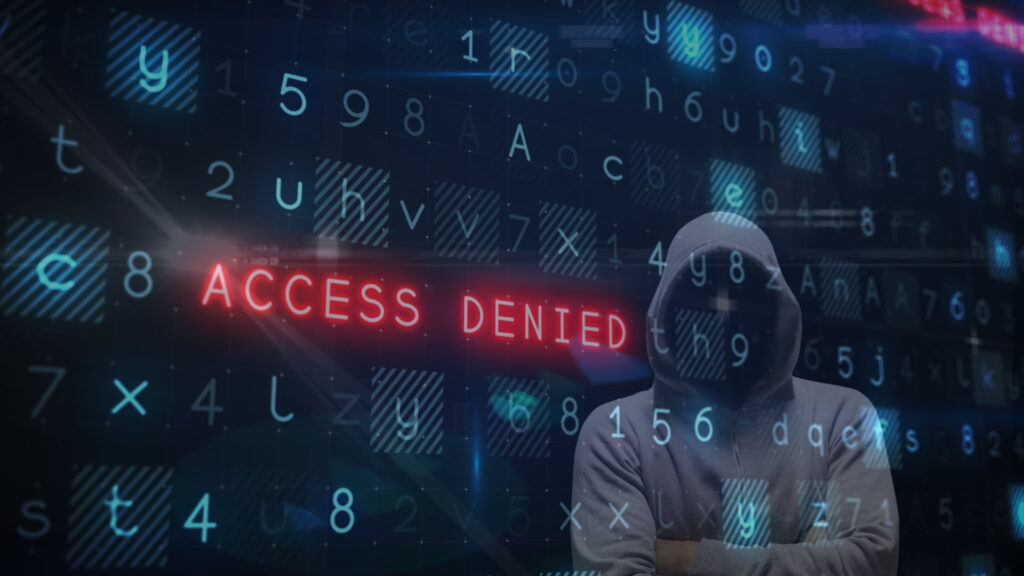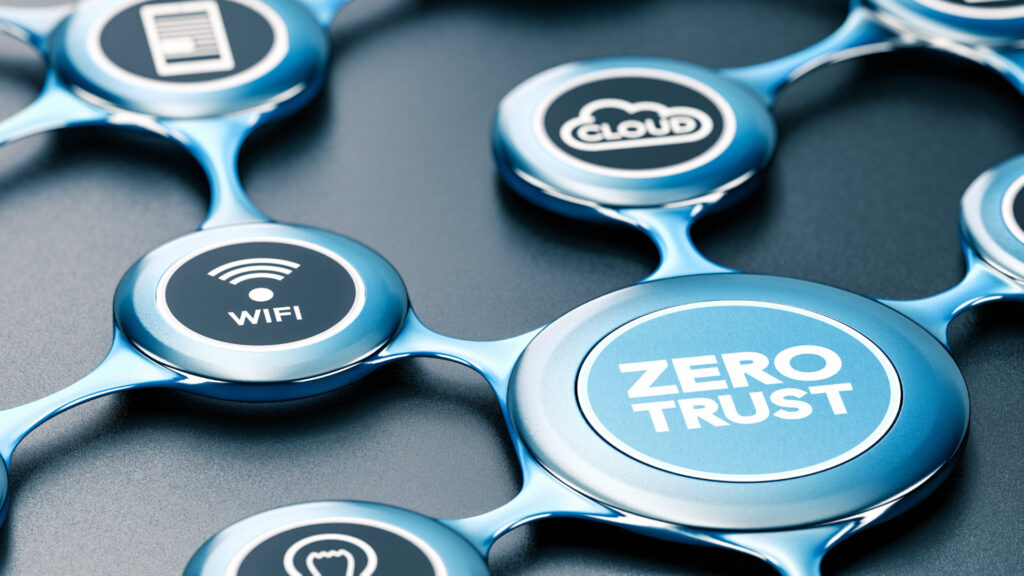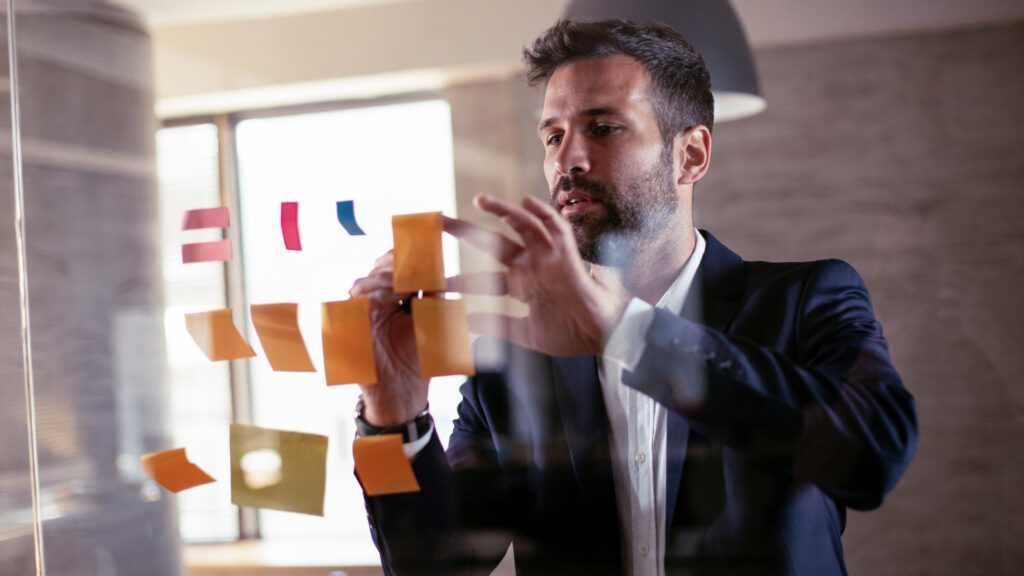The most important protection against cyber attacks
According to Microsoft’s Digital Defense Report, cybercriminals are increasingly using automated and progressively more effective tools to infiltrate IT systems with minimal effort. This is forcing organizations to tighten their security by hardening their IT infrastructure with security technologies, plugging vulnerabilities, and providing secure access to employees. On the other hand, they need to be prepared for emergencies, because despite all precautions, cyber criminals can find loopholes, and then there is the risk of business interruption. What should businesses focus on?
Security for remote and home workers
Increasing digitization is expanding the attack surface for organizations. Employees are increasingly working from home or on the road and accessing the corporate network via the cloud. The number of endpoint devices is growing: corporate laptops are being used at home, or employees are logging on to the network from their personal computers. Each device can become a gateway to cyberattacks. At the same time, it is more difficult for IT departments to ensure security when devices are out of their direct control.
No user, device, or service inside or outside your own network is trustworthy: this is the premise of a Zero Trust model. The IT security approach is always on the safe side: anyone who wants to access resources must always authenticate. This prevents unauthorized people or hijacked services and devices from accessing system resources. Zero Trust also means that data traffic is encrypted.
Stop attacks before the damage is done

When criminals introduce malware or gain access to information, they can do a lot of damage. Organizations need to be able to detect and stop attacks on their IT infrastructure before they happen. Endpoint Detection and Response (EDR) software that detects suspicious activity on endpoints, regardless of which network they are on, can help.
Network-based intrusion detection, on the other hand, provides a defense strategy that is independent of the endpoint by preventing intrusion into the corporate network. Modern firewalls include advanced intrusion detection system (IDS) capabilities. They analyze suspicious patterns and activities and alert security teams.
Security Alerts for the Entire Infrastructure
The only way organizations can effectively defend against threats to their infrastructure is to detect them early. To do that, they need to know exactly what is happening on their systems. Extended Detection & Response (XDR), for example, provides visibility into threats across the entire IT environment, including endpoints, networks, servers, and workloads in the cloud. Data is collected in a central location. Using artificial intelligence and automation, the number of alerts is filtered, correlated, and reduced to critical alerts.
Whenever employees are outside the corporate network and try to log in, there is always a risk. Unauthorized individuals can intercept web traffic and read sensitive data. To prevent this, a virtual private network (VPN) creates an encrypted tunnel, a secure connection. As information travels from the server to the recipient, outsiders cannot access the content.
Protect data from unauthorized access
Sensitive corporate data must be protected from falling into the wrong hands or being tampered with. Encrypting data, backups, hard disks, databases, and connections is one of the most important IT security measures: the technical process renders all information unreadable to unauthorized parties, both in storage and in transit.
Only authorized users can log on to a company’s services and network. An employee’s identity can be established through authentication. Several methods are available. IT teams then use an identity and access management (IAM) system to manage user accounts, network resources, and associated privileges.
Protect against all types of data loss
All businesses store a great deal of business-critical data. But hard drives or servers can be damaged and information can be lost. It can also be accidentally deleted, overwritten, or made inaccessible by criminals. That is why businesses should have continuous, up-to-date, and automated data backups. A data and disaster recovery plan can help.
Whether it’s a ransomware attack, a power outage, or a technical malfunction, these events can disrupt your business and, in the worst case, bring it to a standstill. An IT disaster recovery plan helps limit the damage and minimize downtime. It allows organizations to respond quickly and appropriately to problems. It outlines who needs to do what and when.
Help in the event of a disaster
No matter what security measures you take, there is no such thing as 100% protection: Employees can make a mistake, or hackers can exploit a previously undiscovered vulnerability. In the worst-case scenario, operations can come to a standstill for days or even weeks. Information may be unavailable or leaked, or customers may sue for damages. The costs can run into the millions. This is where cyber insurance comes in, as an emergency module to support security management.
The power of passwordless authentication
Protecting accounts and access with only a username/password combination is extremely risky. If an attacker gains access to the data, they can take over the account immediately. Multi-factor authentication (MFA) significantly increases the level of security. It protects access with an additional code that is valid only once or with biometric features. But it also has its limitations.








